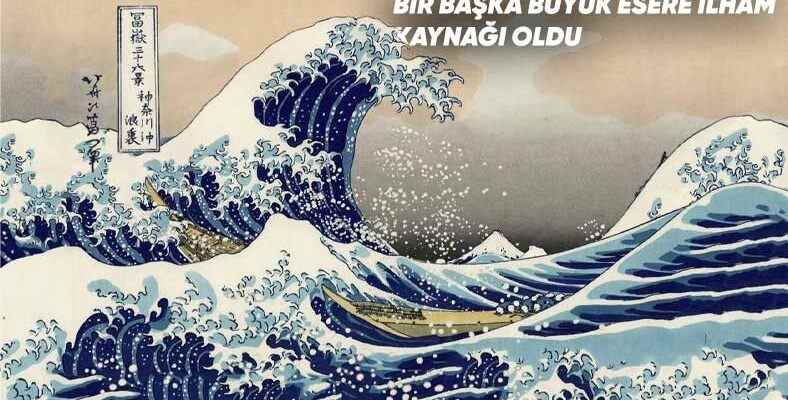We’re going into the details of Kanagawa’s Great Wave, which almost everyone who is an internet user has seen at least once, but without going into the details, says “beautiful”.
The advancement of digital art and artificial intelligence With the development of drawing, we have seen great developments in the field of drawing. We can cite artificial intelligence, which produces works of art on its own, as an example. However, with the many artists and works that this development has brought to us, we are now a new generation. mixing old with new stands out.
In this context, works that are known as legends in the field of art are passed unnoticed. Although we will refer to an example from the field of drawing, Beethoven’s Für Elise piece can be found in many houses. door bell We will not be able to pass without showing an example. Our main subject is that everyone has seen at least once, but is not in control of the details. Great Wave.
What is this Kanagawa’s Great Wave?
Originally named Kanagawa Oki Nami Ura and Katsushika Hokusai This work by M.D. is actually part of the Thirty-Six Mount Fuji Scenes (Fugaku Sanjurokkei) series. In addition, contrary to popular belief, the work was not drawn on paper, ukiyo-e It was revealed by a wood printing method, which we can easily say that it is quite difficult.
Indigo you can see on the waves and Prussian bluewas fairly new at that time and had been imported from abroad. This was one of the distinguishing features of the work in the beginning. However, we can say that he did not hold much in his own time. His reason is just as it is today. eroticism and nudity more demanding things.
Here you can see the stages of ukiyo-e art:
We see that the work is quite plain in terms of the objects it contains:
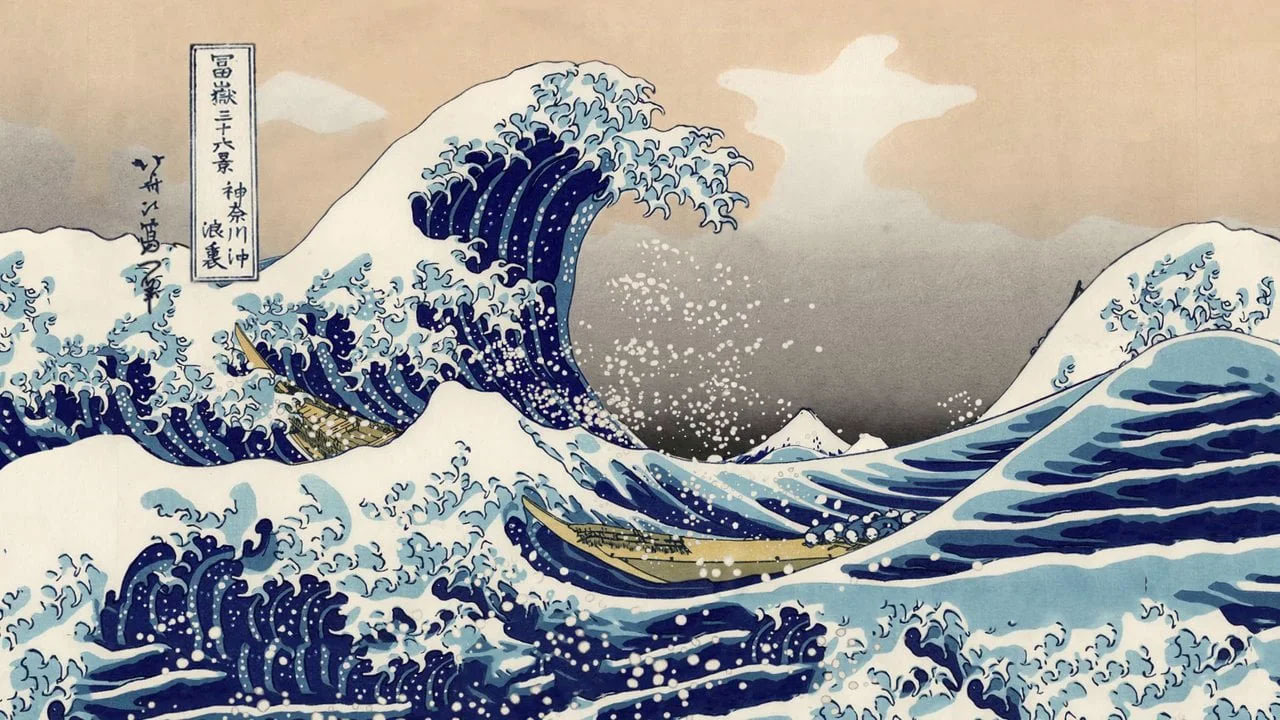
The ships we see in the work, which contains 3 items: tall ships, big waves and Mount Fuji in the back, were used for fishing. And your waves to these ships tough times is clearly visible. Behind the waves, standing calmly and covered with snow Mount Fuji stands out.
Let’s look at some details:
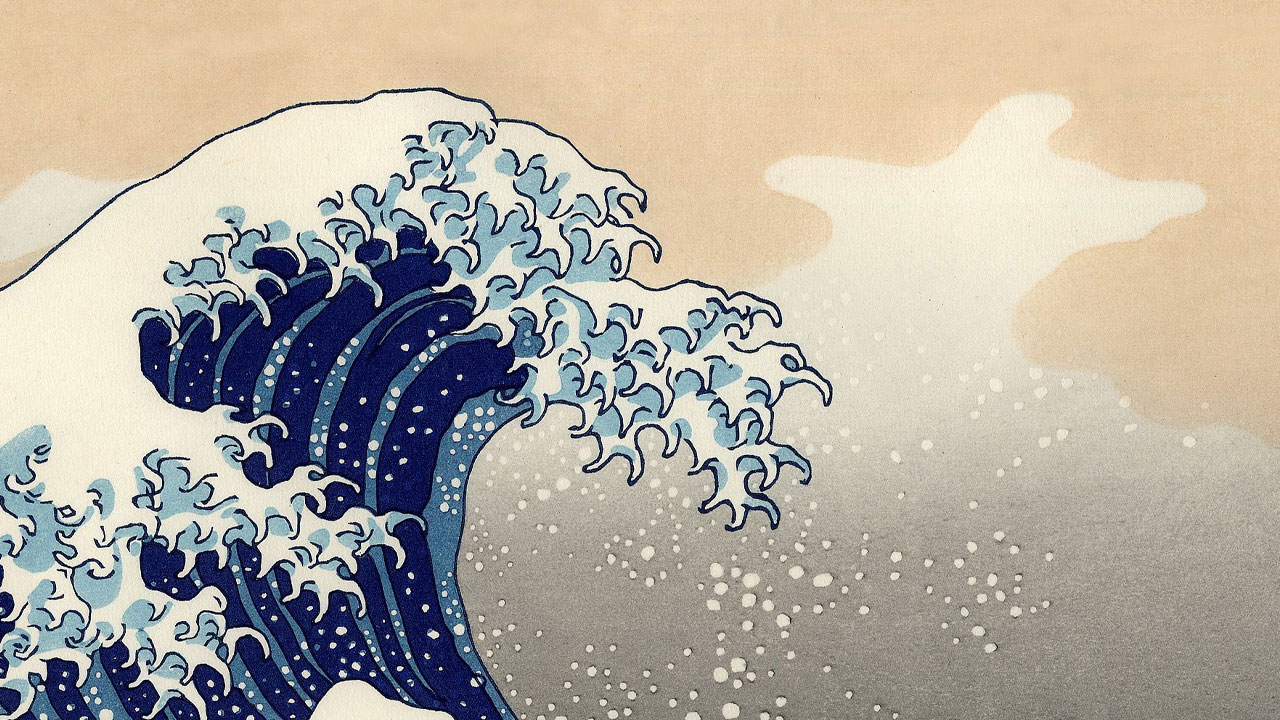
We can say that the tops of the waves resemble claws. In addition, when we look under these claw-like figures, an image appears as if it is snowing towards Mount Fuji. 1831 This appearance of the waves in the work that appeared in the year 2000 is actually against the invasions from outside. they need to protect japan to threaten may show.
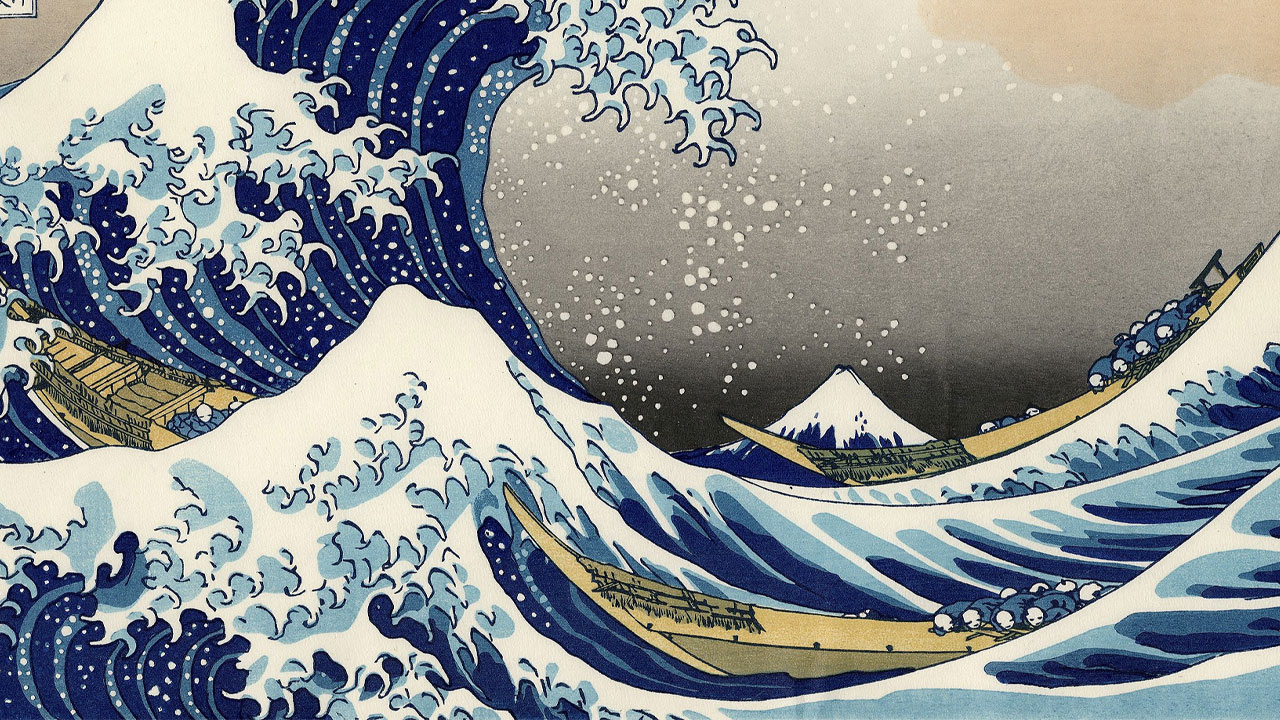
Or, taking a more general perspective, this wave that is about to fall on the ships, nature versus man eternal your superiority We can say that it symbolizes. After all, it’s not hard to see how human inventions are struggling in nature (in water). The remoteness of the mountain also shows that we should not be too hopeful about whether they will survive.
Let’s take a look at Mount Fuji:
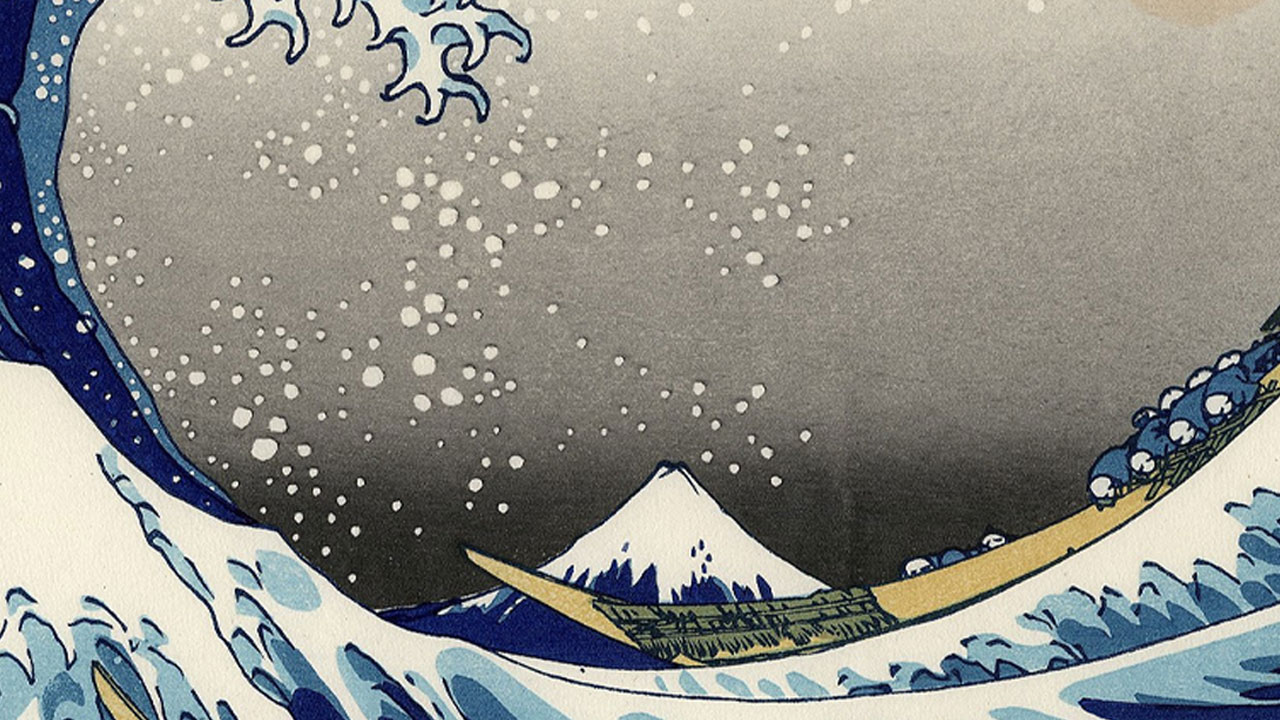
Although the weather looks stormy, it is bright and a shadow appears behind the mountain. This is the light, those who look at the drawing, so behind us It means hit. In Japanese culture in general, Mount Fuji faith and dedication Let’s say it represents.
Finally, in the upper left is Hokusai’s double signature:
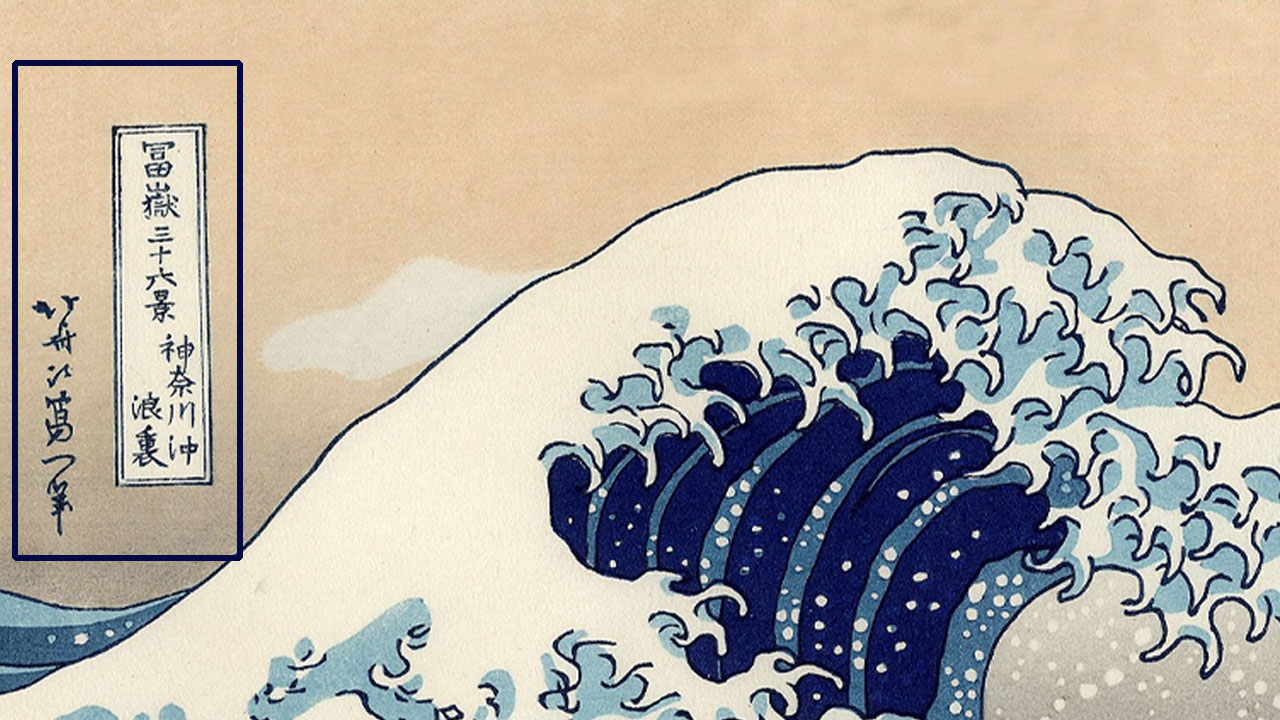
The one in the box is the name of the work and from which series (Thirty-Six Mount Fuji Views), while the side signature shows Hokusai’s own name. name here to Litsu He also states that he translated it.
Let’s talk a little bit about the threat of waves to Japan:
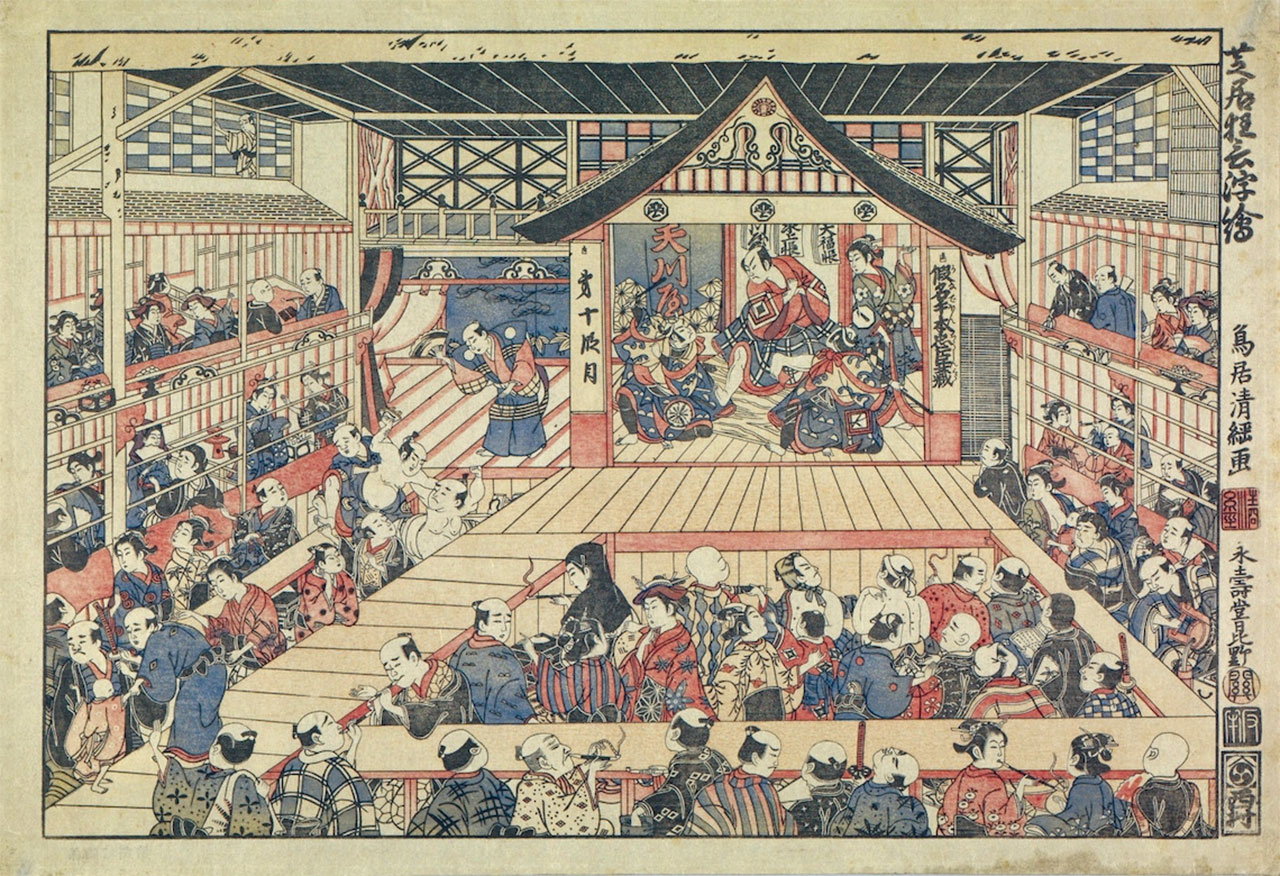
Shibai Kyogen
- A theater stage in the Edo period
At the beginning of the 17th century, Japan entered the Edo (now Tokyo) period and distinguished itself from other countries. had isolated. In addition, he strictly prohibited entry and exit from the country. Meanwhile, the challenging sea around it is also against the invasions. to the protection was contributing. The waves in the work may be making references to how consistent it is to trust nature in this regard. After all, huge waves could have ended.
By 1853, Japan’s isolation began to crumble. On this date America ships approached Tokyo port and for 200 years demanded to reestablish trade that had been put aside. After some events and negotiations, the art that Japan has kept to itself for 200 years is now open to the world.
By 1860, pressures began to appear in Europe, and so the Kanagawa Wave was able to make its appearance, albeit late:
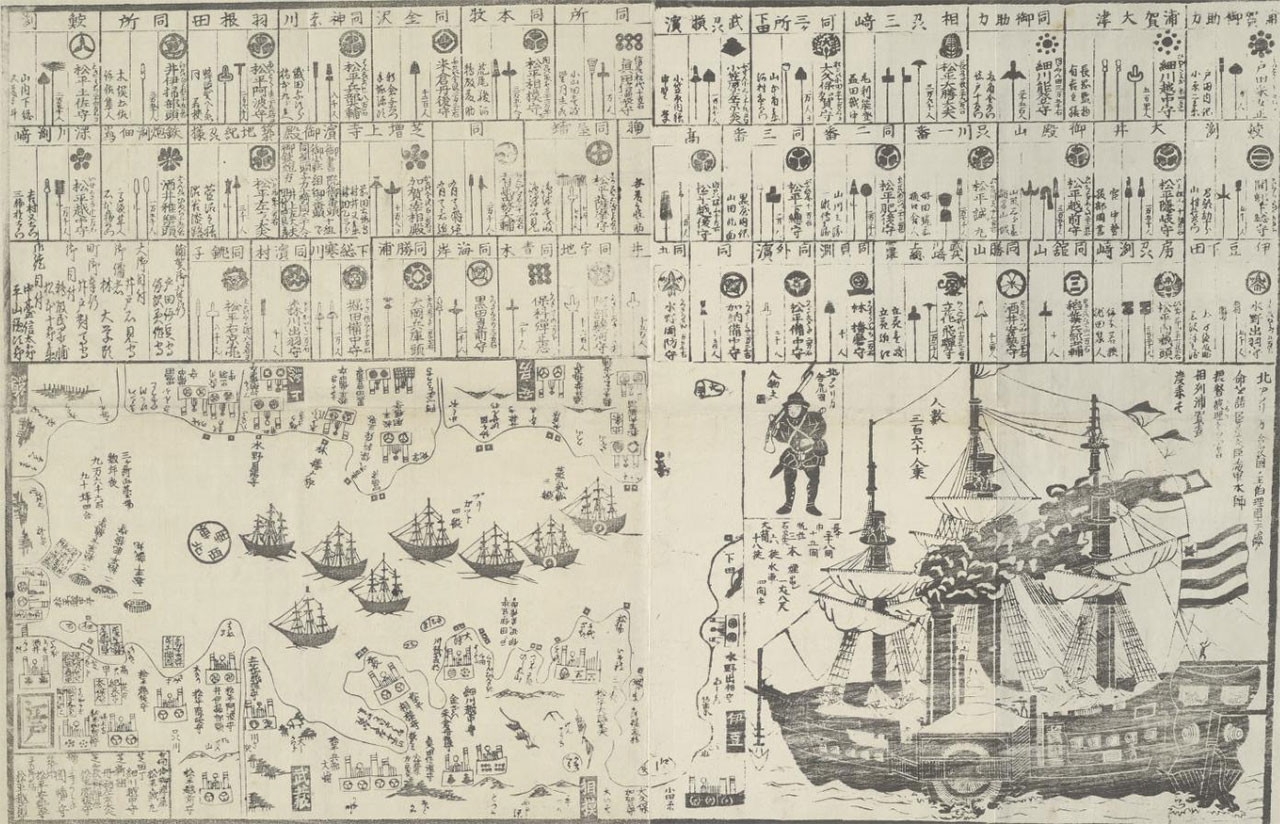
- An 1853 print showing the arrival of the Americans in Japan
Seeing this pressure, Europeans purely Japanese work Although they describe it as a western, it actually contains elements from the West. In this context, the Netherlands is one of the leading western countries inspired. The fact that it had no intention of proselytizing made the Netherlands somewhat credible in the eyes of Japan. In this context, 1-2 merchant ships come to the port annually. Allowed.
Hokusai’s works, which were seen to benefit greatly from the exchanges here, were also seen in elements that overlapped with the Dutch understanding. placed on lower levels vanishing point one of these. You can see a similar example below.
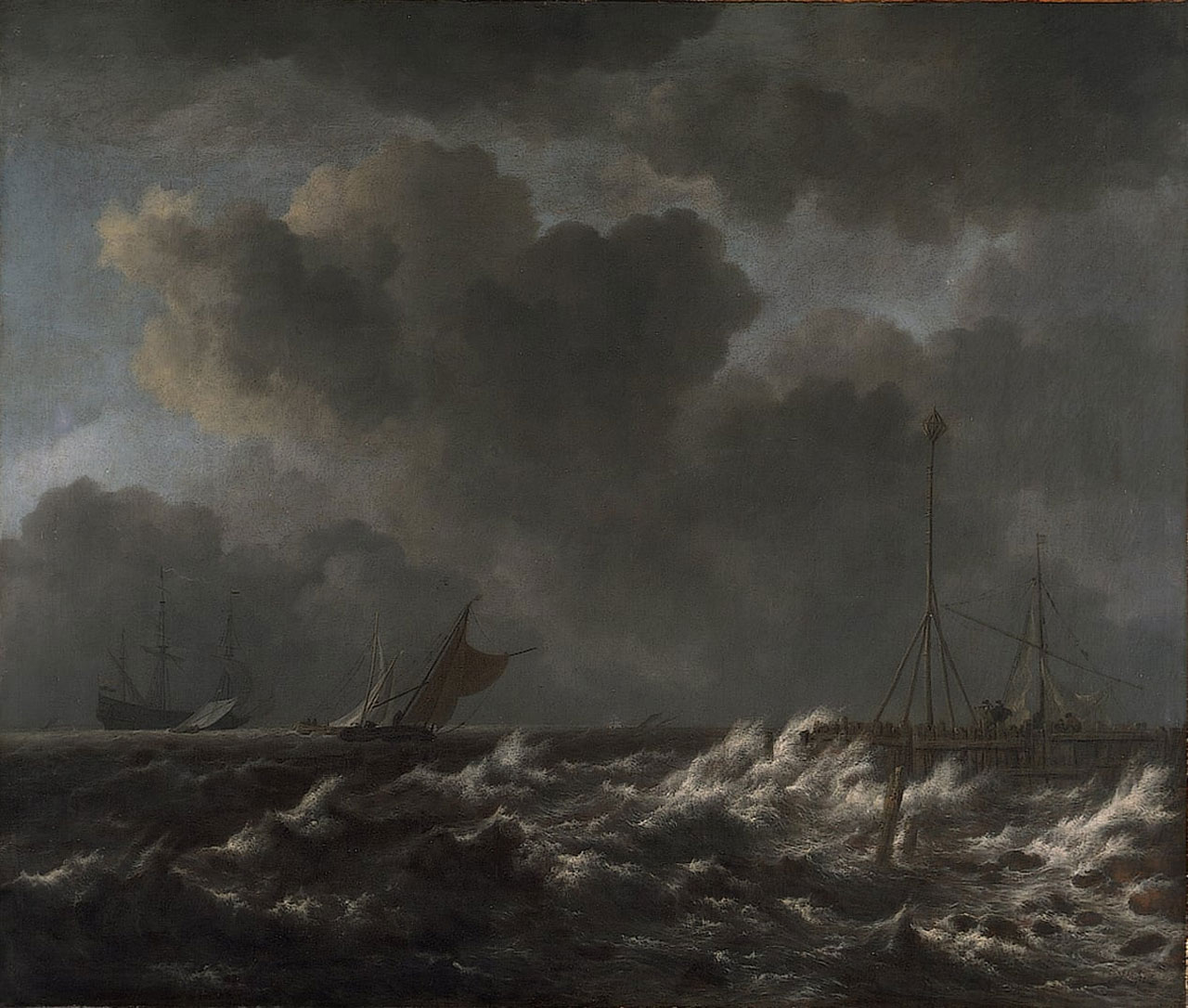
Jacob van Ruisdael
So where can we see this work?
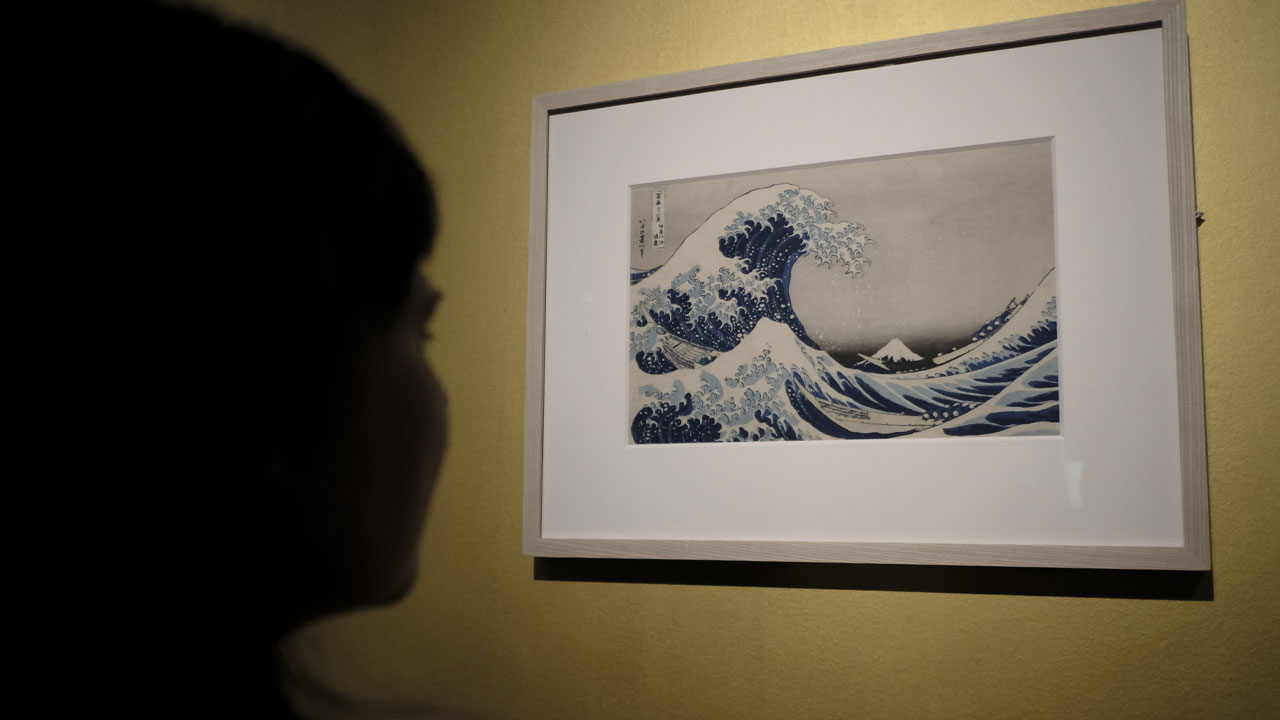
In fact, because of the large number of prints “the original is here‘ would be wrong. However, copies of the work in its original dimensions are exhibited in different major museums around the world. in New York Metropolitan Museum of Art an example of these.
Kanagawa’s Great Wave is one of Japan’s best-known works. Let’s take a look at a few of the other members of the series it’s in:
Under the Mannen Bridge at Fukagawa
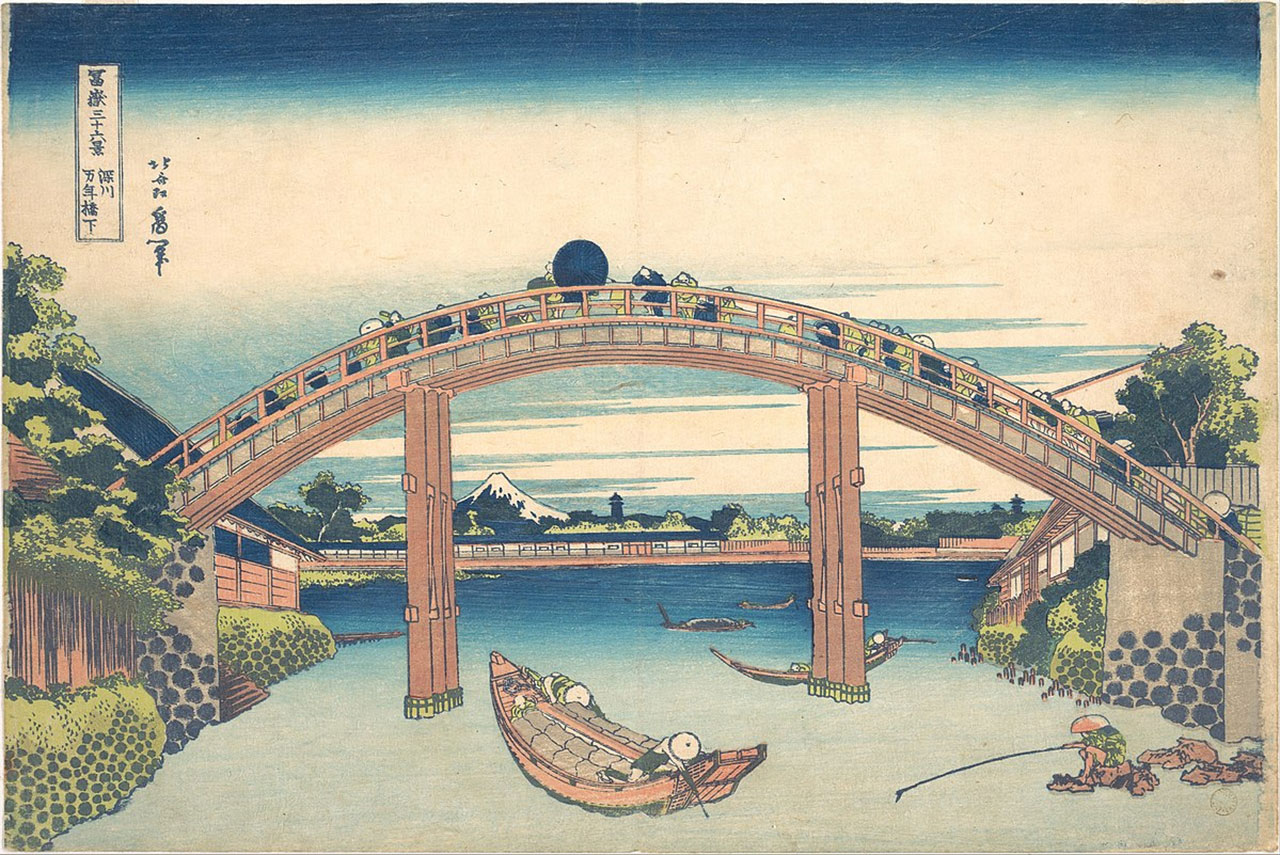
Fujimigahara in Owari Province
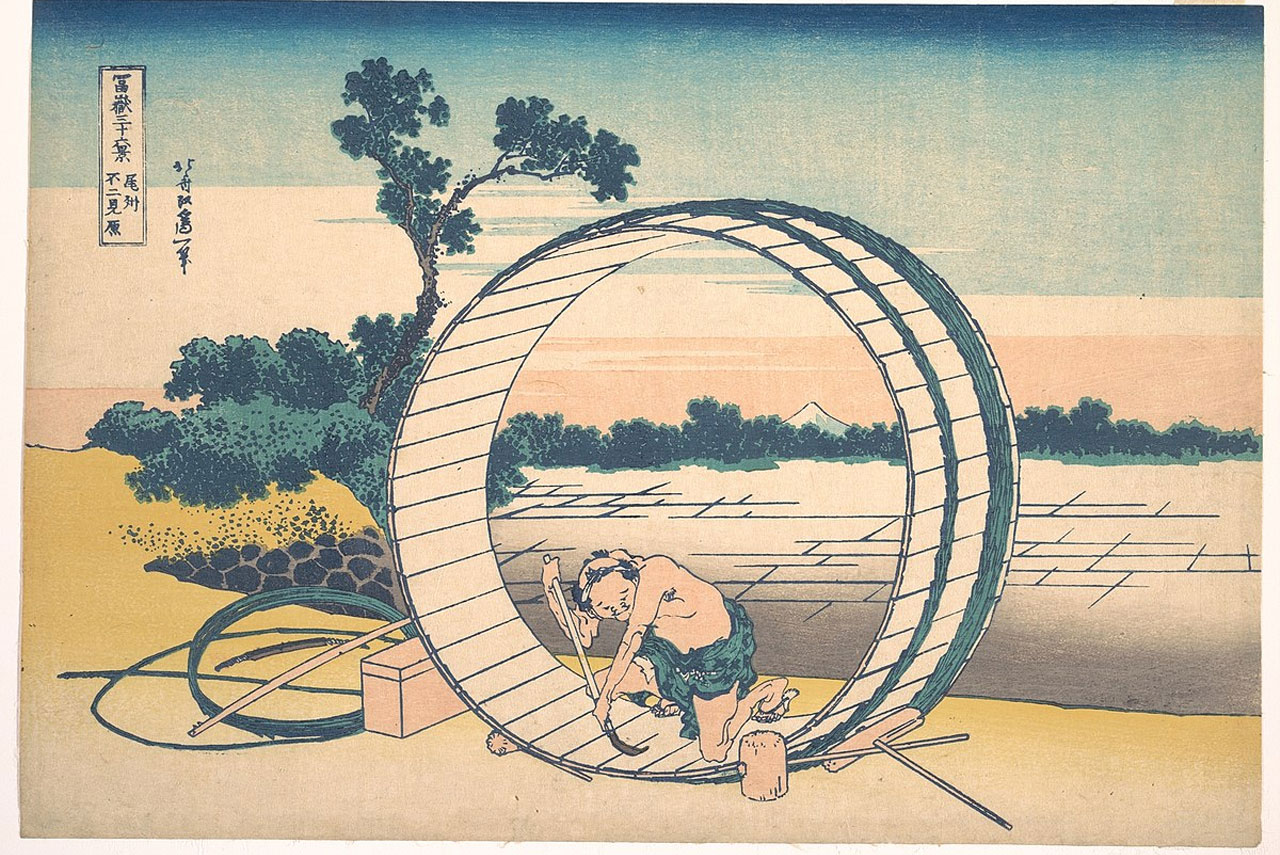
Sekiya Village on the Sumida River
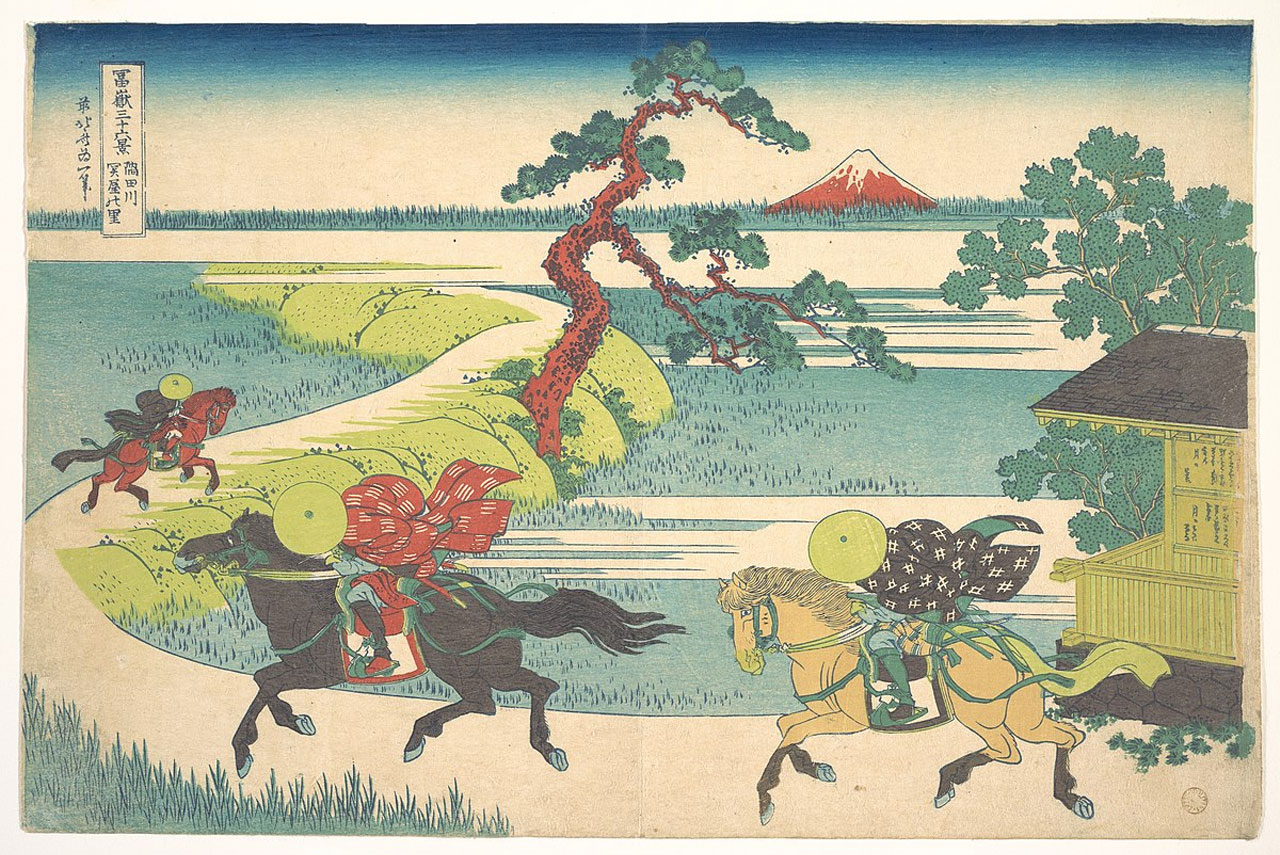
Tago Bay near Ejiri on the Tōkaidō
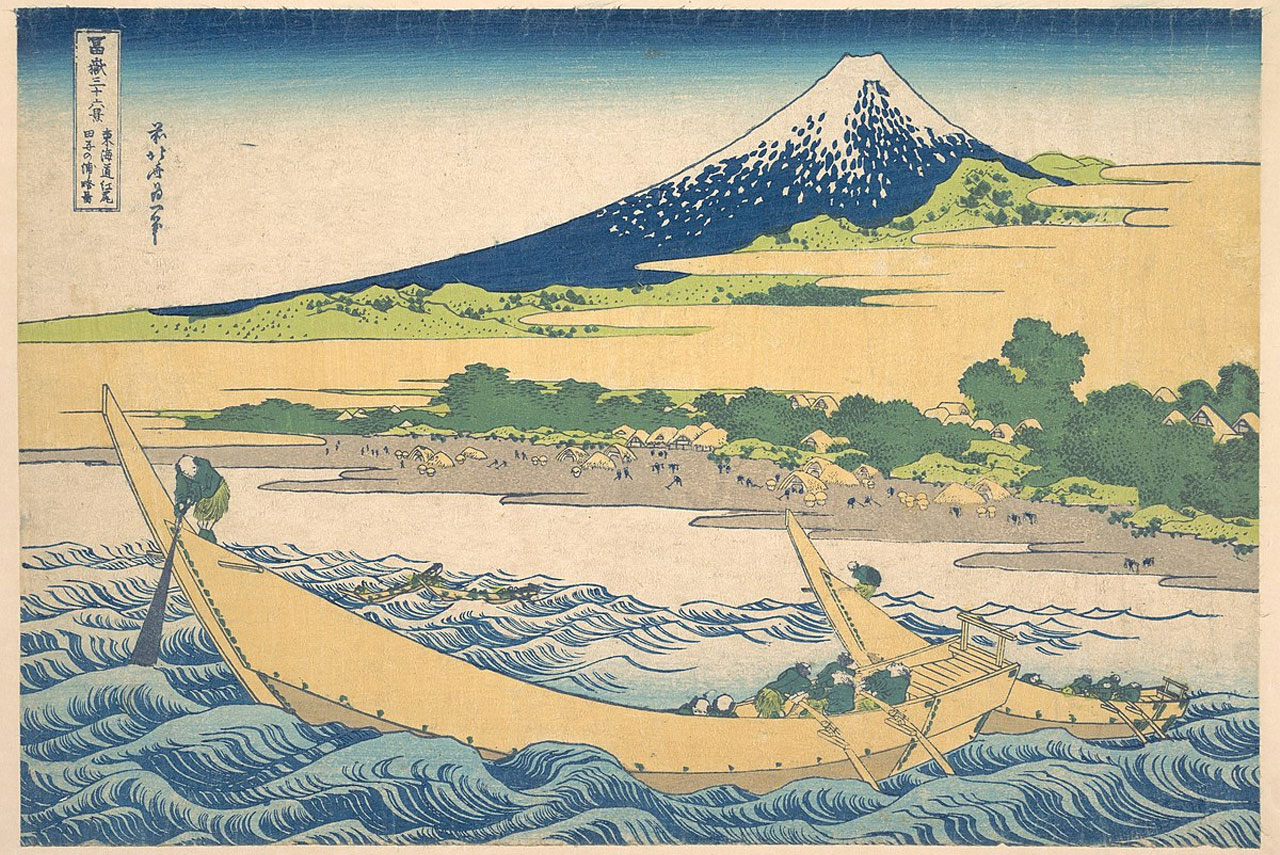
The work we know as the Great Wave is said to have inspired Van Gogh’s painting Starry Night:
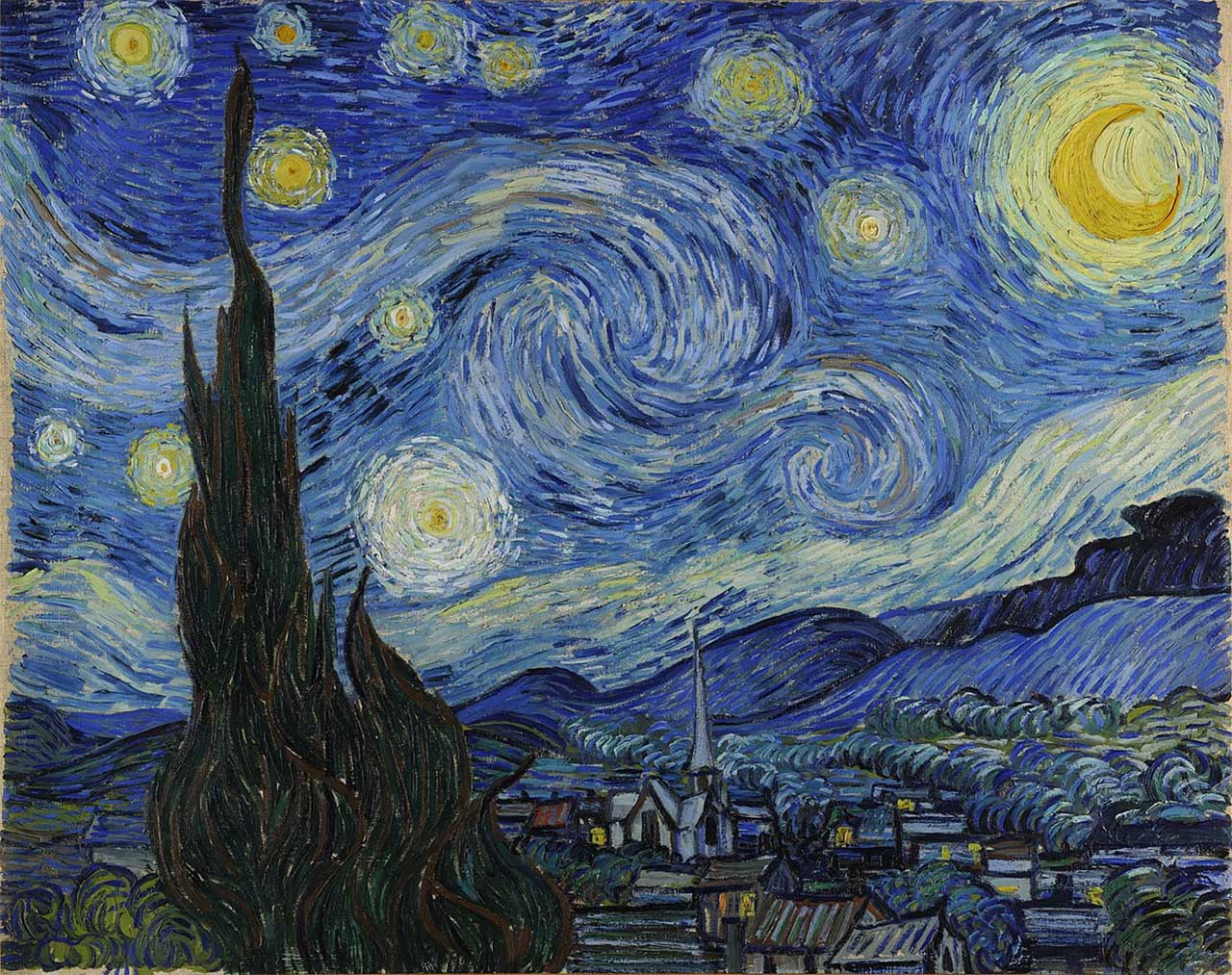
Van Gogh’s He is known to love Japanese art and Hokusai’s works. He is even seen praising the Great Wave in a letter he wrote to his brother Theo. In this context The Starry Night It is claimed that he was inspired by the Great Wave. Considering that the artist was very interested in Hokusai, this is quite possible.
RELATED NEWS
15 Interesting Works and Stories of Painter René Magritte, Who Painted These Paintings That Are Hard to Forget When You Look at them
You can share your thoughts about the work in the comment section.
resources: 1, 2, 3, 4, 5, 6, 7
